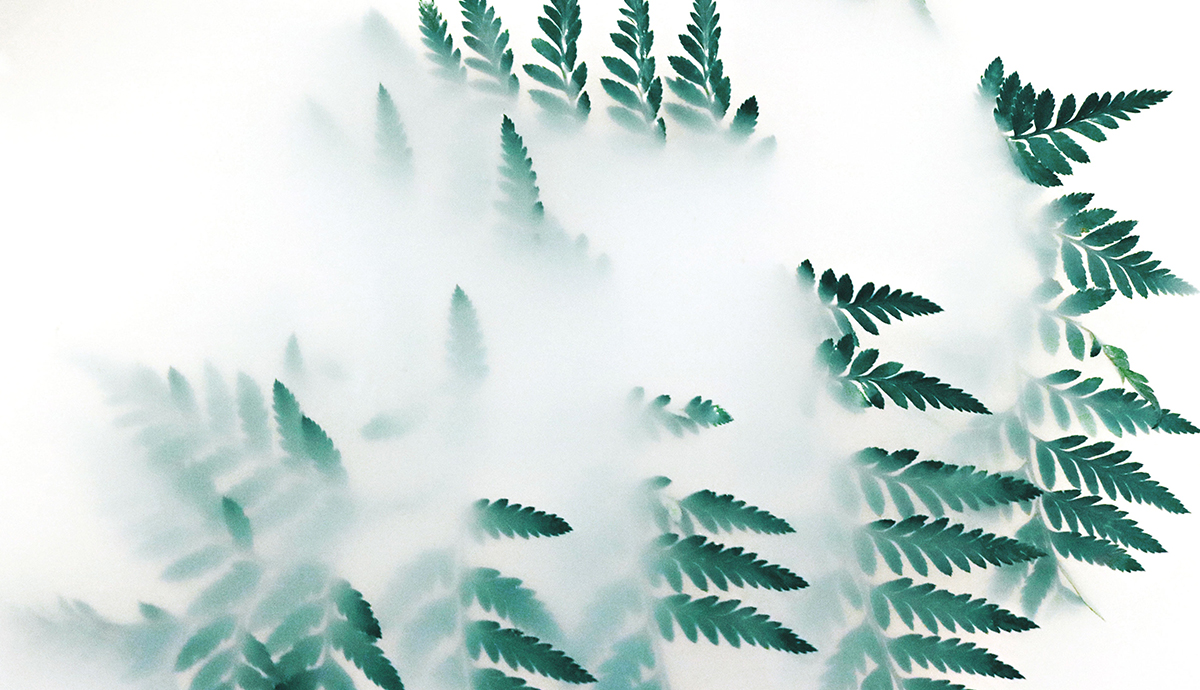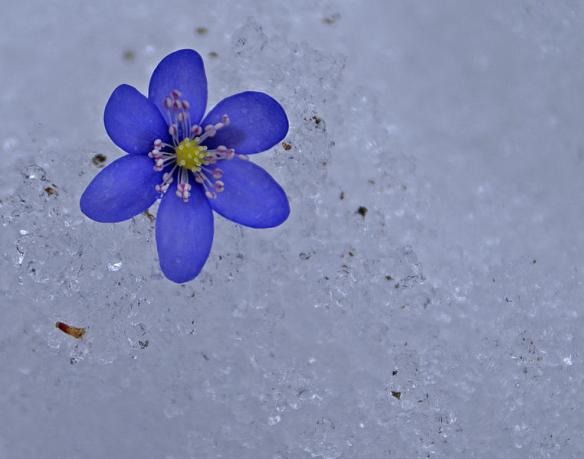Abundance: Spring from issue 299.2
You might have heard that we had a bit of winter up here in the Heartland. Mounds of snow on top of mounds of snow. We shovelers were out morning and evening, trying to stay ahead of it; the snow blowers sometimes took pity on the block and eased our backache by pitching in. School was cancelled four times for unheard of low temperatures; we tried to keep the cold at bay by piling the couch cushions against the side door, where the freezing air seeped into the house. We tried the toss-boiling-water-into-the-air trick, and we were briefly entertained, and then we hustled inside again.
So spring has been hard fought for around here. As I type this, a late snow is -- infuriatingly -- pelting against the windows, furring the new grass, clotting around the early tulip shoots. Snow drops on snowdrops. It’s maddening.
And yet soon it will be spring in earnest. It is a season of such delight and abundance. Everything will be greening, blossoming, loosening. The whole earth eases and opens. Neighbors we haven’t seen in six months are out in the yard. Kids roll their dusty bikes out of the garage at last. It’s in just this flurry of color and activity that I wrote the poem “Spring,” which hinges on the blessings and curses of abundance. Why does my daughter’s body identify the pollens of green, growing things, of buds and blooms as a threat, as something to guard against? And then why does it produce and over produce antibodies in response, which then trigger the itching, swelling, reddening, sneezing misery in her every year? Body and antibody; winter and spring. We toggle between austerity and abundance, and neither is necessarily the right fit.
In language, too, we’re always in motion between one extreme and another. If the difference between a good word and the right word, to paraphrase Twain, is the difference between a lightning bug and lightning, part of the problem might be in sorting through all the different words to choose from. What a rich, abundant, ludicrously flexible language we have to work with! We can’t even figure out how many words we have -- a quarter of a million? half a million? The words themselves, many poached from other languages, evolve, breed, blur, and buzz.
My friend has Abundance tattooed on her forearm, just inside the crook of her elbow, in the spot where one would cradle a baby’s head. I think of the word there on her body and the way it is nurturing and comforting. Look at what plenty there is in the world! And there is an equal pull toward paring down and simplifying: how much easier our lives are with less in them to weigh us down. The beauty of the single object as opposed to the burden of the baroque landscape. The single, silver tree in the winter field, versus the wild green tangle of summer.
It’s a little depressing to admit that too much of a good thing is indeed a bad thing. It’s not a perspective we can expect children to adopt at a really early age, but is one that we grow into, somewhat painfully. Without the mediating protection of home and clothes and heat, that winter was strong enough to hurt us; without a regimen of medications, the spring can inflict its own brand of misery on many of us. We balance the best we can. Though arguably too much balance, in language as in everything else, would be dulling. “All things in moderation, including moderation,” Twain reminds us. Which leaves us where?
Ann Hudson’s first book of poems, The Armillary Sphere, was selected by Mary Kinzie for the Hollis Summers Prize, and was published by Ohio University Press. Recent work has appeared or is forthcoming in Chautauqua, Cider Press Review, Crab Orchard Review, North American Review, Orion, and elsewhere. She lives in the Chicago area. You can read more at www.annhudson.net. Ann was featured in issue 299.2, Spring 2014.
Photo by: Randi Hausken from Bærum, Norway
Recommended
Nor’easter
Post-Op Appointment With My Father
Cedar Valley Youth Poet Laureate | Fall 2024 Workshop






